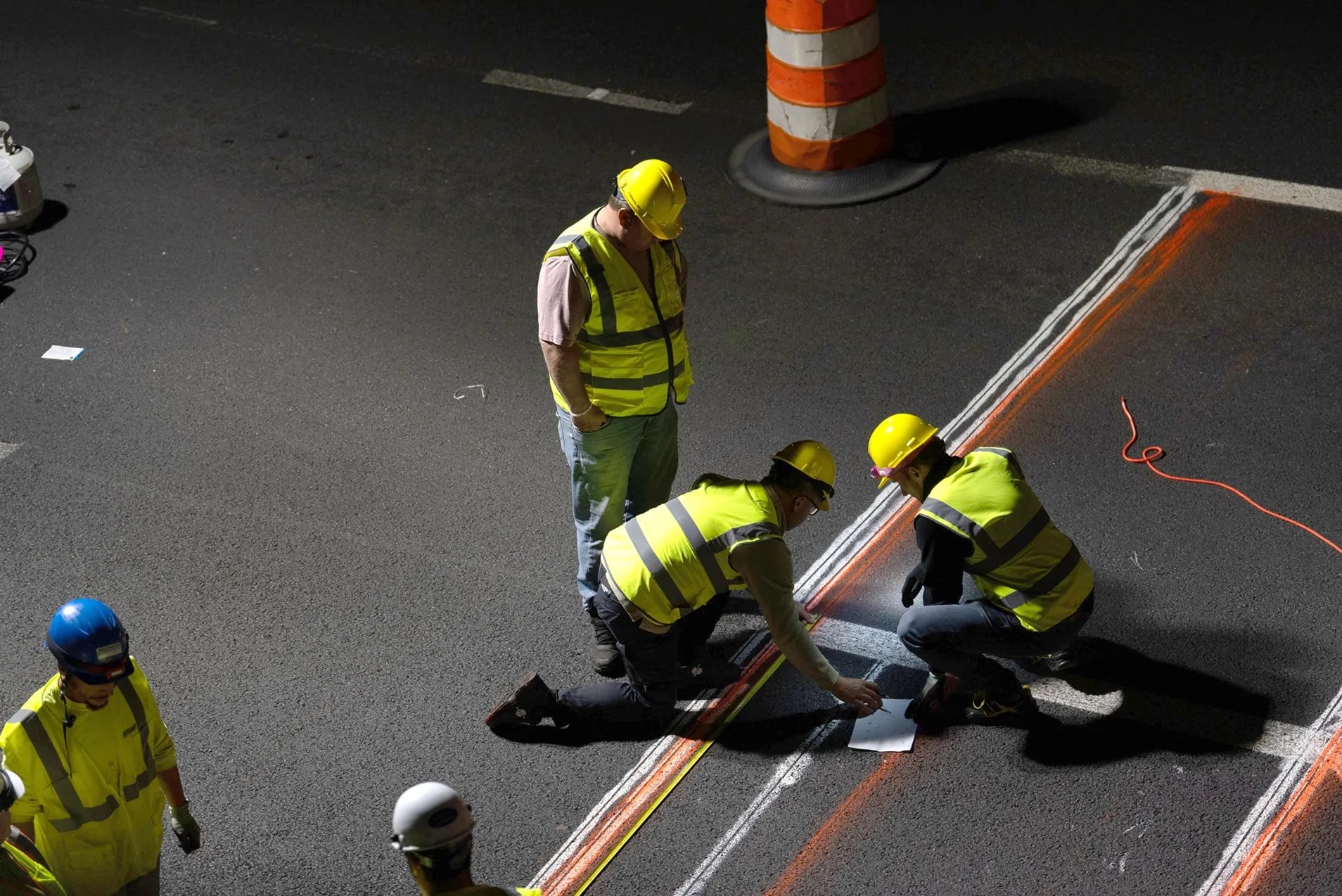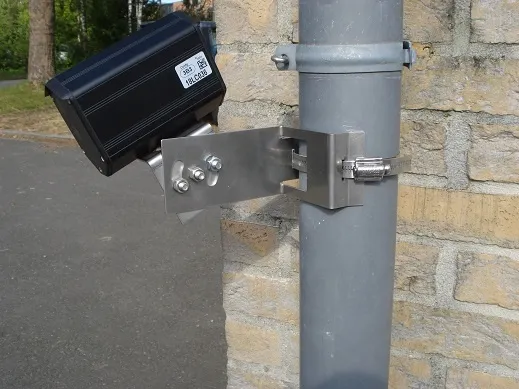The market for radar sensors is expected to grow at the highest CAGR during the forecast period compared to other types of sensors. Radar sensors are resistant to lightning and other weather conditions such as haze, rain, or cloudy conditions compared to other detection technologies such as image sensors, which acts as a major driving factor for the growth of the market for radar sensors.
Traffic monitoring held the largest share of the traffic sensor market. The traffic monitoring systems allow real-time monitoring of specific situations and road areas such as toll highways, bridges, and underpasses with the help of dedicated video capturing devices. The systems extract useful data on road mobility and traffic and help enhance road safety and provide information to users. Vehicle counting and vehicle motion tracking are the major applications under traffic monitoring leading to a high rate of adoption of traffic sensors.
In Asia Pacific, China and Australia are the major contributors to the growth of the traffic sensor market. Some of the factors driving the growth of the market in this region include rapid developments to improve transportation industry, implementation of e-tolls, and various initiatives by the government to implement traffic management solutions.
Research: Traffic sensor market worth US$381.3 million by 2023
According to the latest research by MarketsandMarkets, the traffic sensor market is expected to grow from US$22 million in 2017 to US$381.3 million by 2023, at a CAGR of 8.94 per cent during 2017-2023. The increasing demand for real-time information systems and increasing urbanisation and population are the major factors that drive the market. The market for radar sensors is expected to grow at the highest CAGR during the forecast period compared to other types of sensors. Radar sensors are resistant to lig
August 8, 2017
Read time: 2 mins
According to the latest research by 6418 MarketsandMarkets, the traffic sensor market is expected to grow from US$22 million in 2017 to US$381.3 million by 2023, at a CAGR of 8.94 per cent during 2017-2023. The increasing demand for real-time information systems and increasing urbanisation and population are the major factors that drive the market.










